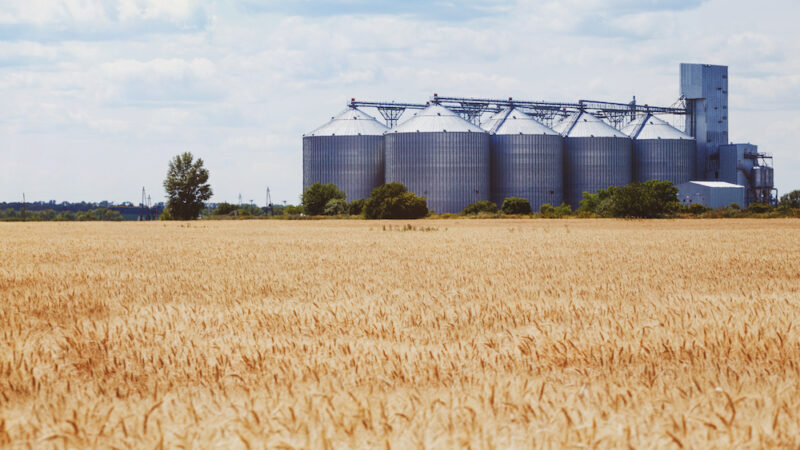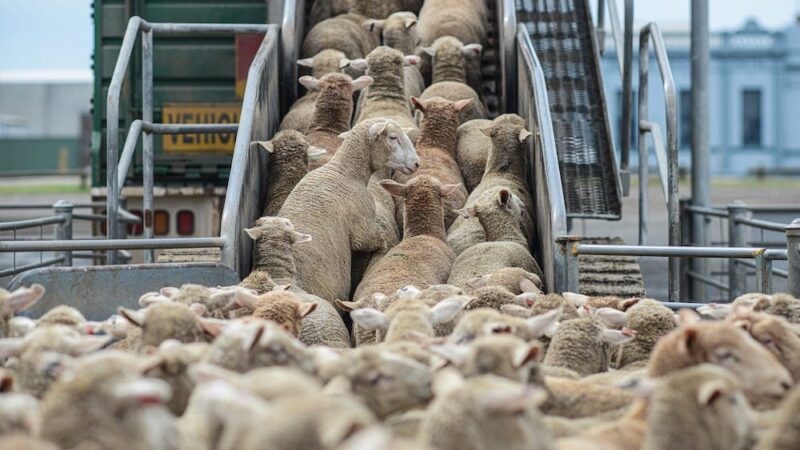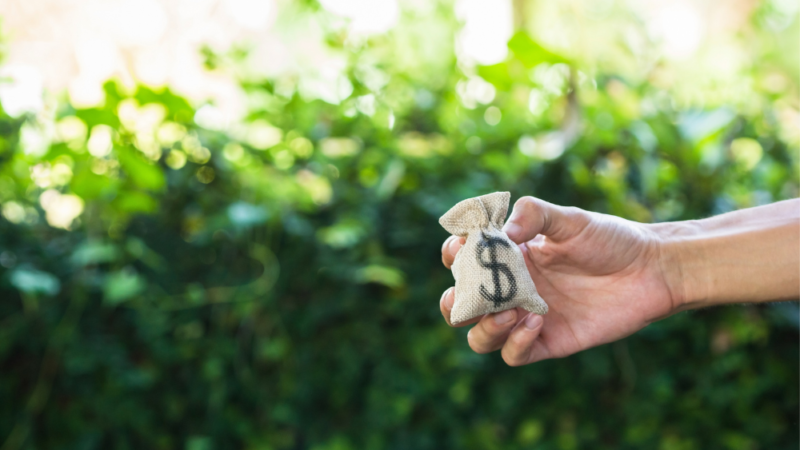�Pete has been an excellent leader through what has been a period of great challenge…
Australia’s lamb population at risk of heat stress
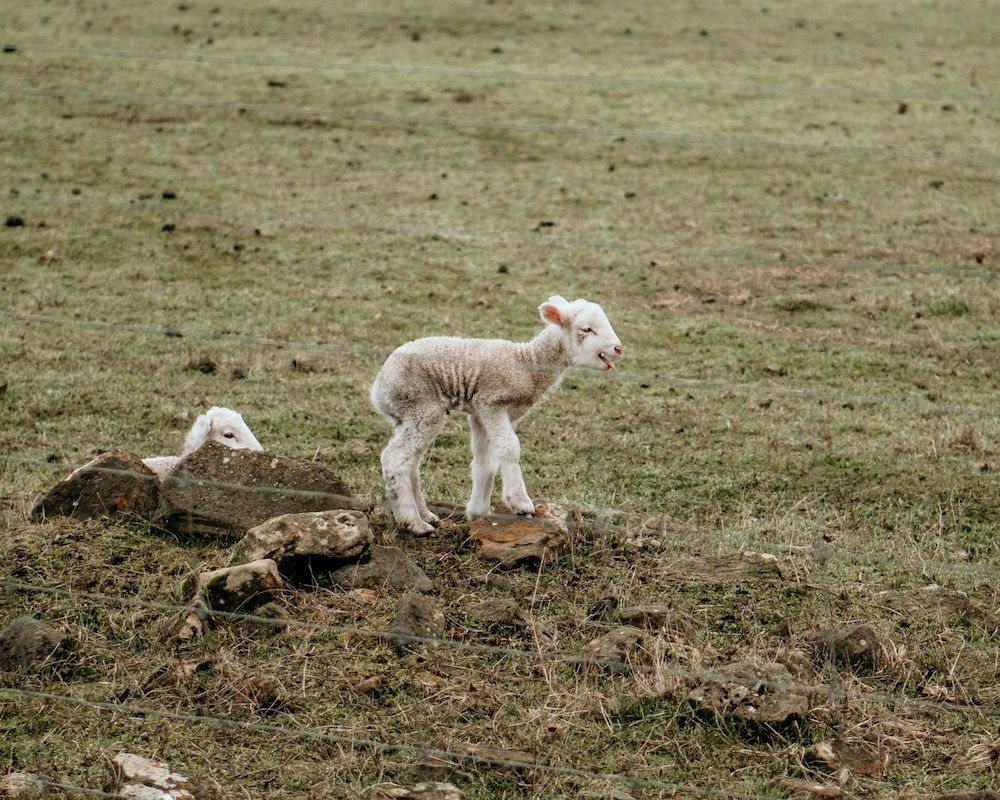
Research backed by Meat and Livestock Australia indicates that exceeding 32�C during critical reproductive phases drastically reduces lamb births, with potential economic losses escalating as global temperatures rise.
A University of Adelaide study has revealed that high temperatures during key stages of sheep’s reproductive cycle could lead to a substantial reduction of approximately 2.1 million lambs born in Australia each year. This results in a financial setback of around $97 million annually.
It was discovered that temperatures exceeding 32�C during mating week significantly contributed to this notable decline in lamb births. The research indicates that should median global temperatures rise by 1�C, the deficit in lamb births could escalate to 2.5 million, and with a 3�C increase, the figure could soar to 3.3 million.
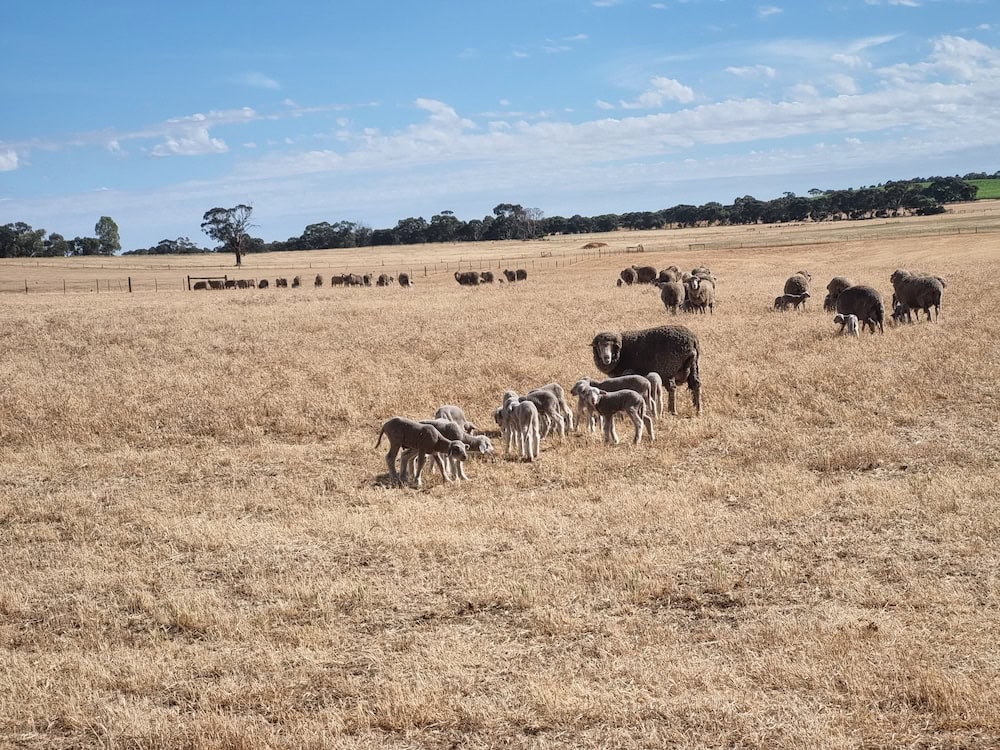
The effects of heat stress on sheep
The study, published in the journal Nature Food and supported by Meat and Livestock Australia, was carried out by a transdisciplinary team from the University of Adelaide and the South Australian Research Development Institute (SARDI).
Senior livestock reproduction researchers, climate scientists, and economists conducted an extensive literature review, examining previous research conducted regarding the effects of heat stress on sheep.
Climate modelling was conducted to determine the impacts of an increased thermal environment on the reproductive performance of ewes and rams under field and hot-room conditions.
According to the University of Adelaide�s Associate Professor William van Wettere, who led the study, this modelling demonstrates that heat events threaten the sustainability of sheep production, both within Australia and globally.
Not only does heat stress decrease the number of lambs born, but it can also reduce lamb birthweight by between 0.6�1.4kg.
�If the effects of birthweight are accounted for, economic losses could increase to $168 million under our current climate, and $203 million and $278 million for the 1�C and 3�C temperature scenarios, respectively.�
Associate Professor William van Wettere, University of Adelaide
The study, backed by the Davies Livestock Research Centre at the University and the South Australian Sheep Industry Fund, revealed that numerous sheep struggle with thermoregulation in times of heat.
�We have identified readily available strategies to improve thermoregulation and improve sheep fertility during summer. This work is underpinned by multiple years of animal heat stress trials,� Associate Professor van Wettere said.
Researchers at SARDI have developed a tool that producers can use to understand and quantify the impact of heat stress on fertility of their flock.
�We are interested to know whether sheep who seek shade or those who are more active during periods of heat are impacted differently,� says Associate Professor van Wettere.
�Ultimately, we seek to provide sheep farmers with strategies which they can easily implement to safeguard their enterprise from the impacts of current and future climate,� says Associate Professor van Wettere.
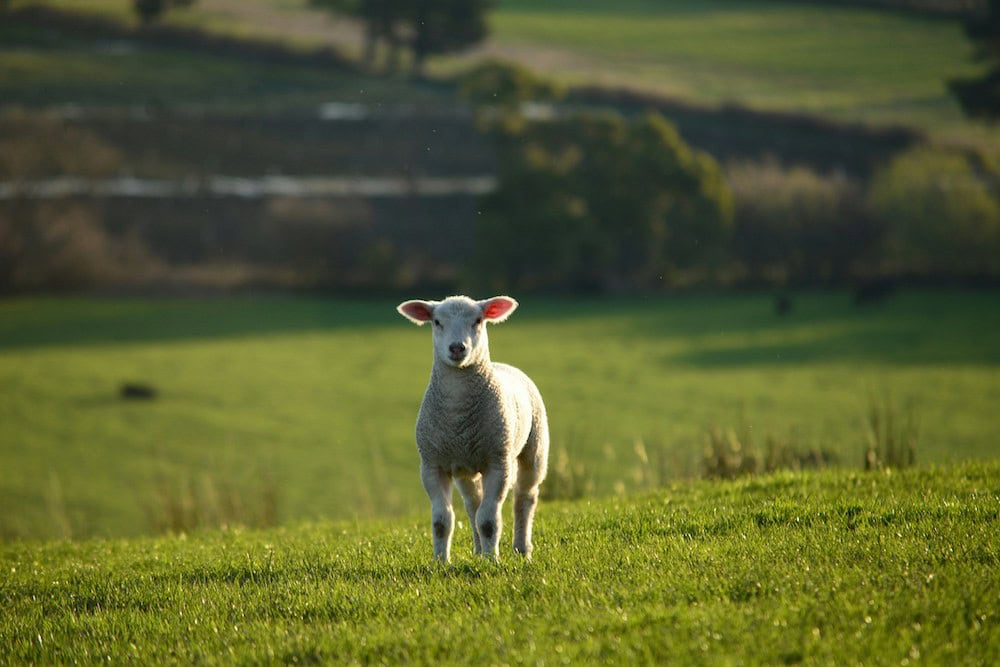
NSW Farmers Western Division chair Gerard Glover, who lives near Brewarrina, said any factors that cut lambing numbers back is a major concern.
�However, whether you can do anything about it depends on what your seasons are and how your yearly program runs. We find it easier to join around Christmas time, then we take the rams out at shearing which is mid-to-end of February,� Mr Glover said.
�Then they�ll lamb during winter because we find this is much easier on the lambs because, hopefully, there�s some green – but in the summer it�s much harder on the sheep especially if you�re having an average, or a bad season.�
Mr Glover said there are always several varying factors when it comes to lambing issues.
�When it comes to high temperatures, I don�t doubt that they have less chance of getting pregnant. When temperatures are more constant, they probably get used to it a little bit, instead of giant fluctuations which is probably worse. But, obviously, after� 30-32�C we�d probably find the percentages start to drop.�
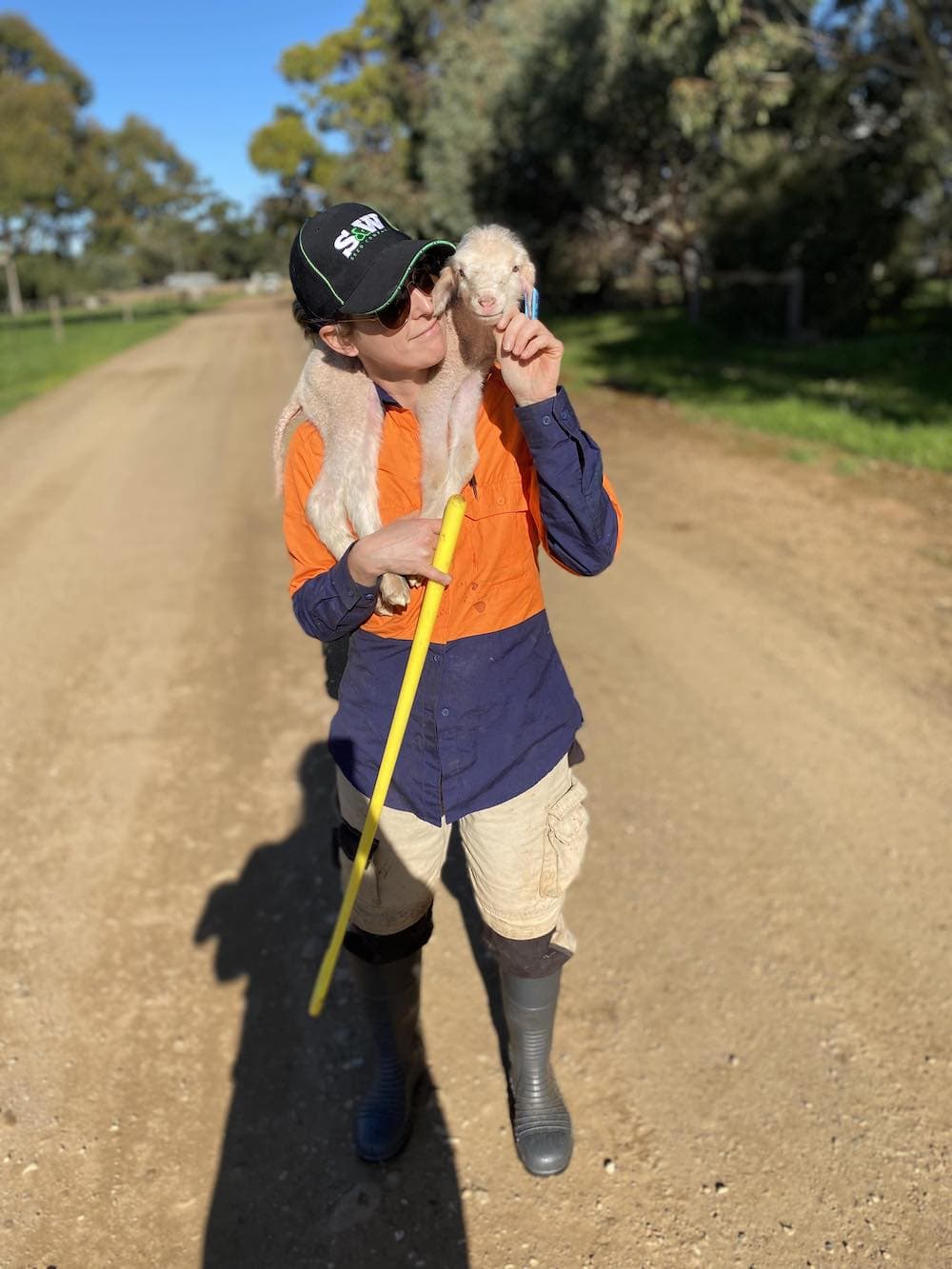
Mitigating factors
South Australian farmer Jane Kellock participated in the study and has already implemented some of its findings.
�The use of melatonin to mitigate the impacts of heat has increased our reproduction rates, and just being aware of the heat sensitivity of animals and some of the different things that you can do to help with that.�
Jane Kellock, sheep farmer
�It�s really important that we support these research projects and make sure that some of them are done on farms so that we know it’s practical and logistically viable to do these things.�
The researchers are now investigating whether selectively breeding animals which thermoregulate more effectively can improve the climate resilience of sheep flocks, and how sheep thermoregulation and behaviour affect fertility during periods of heat.
Dr Alyce Swinbourne, Senior Research Officer, Livestock Innovation and Welfare (Reproduction) at SARDI said following on from the review, trials have been developed (led by University of Adelaide) to determine the efficacy and applicability of different strategies which have the potential to reduce the impacts of heat stress on sheep reproduction.
�Through several different State, Commonwealth and Industry funding programs, we�ve been able to investigate the use of different strategies, such as a subcutaneous melatonin implants, or a multiple vitamin drench, administered to ewes and rams prior to joining, to improve conception rates during a late spring / summer joining period,� Dr Swinbourne said.
�Working with producers under different commercial enterprises and across different climate/rainfall zones across South Australia, we aim to inform producers on several different strategies to maximise the reproductive outcomes of their production systems during periods of heat.� �
If you enjoyed this piece on the effects of heat stress in lamb populations, you may like to read about the “Feedlot of the Future” being developed by Charles Sturt University.






